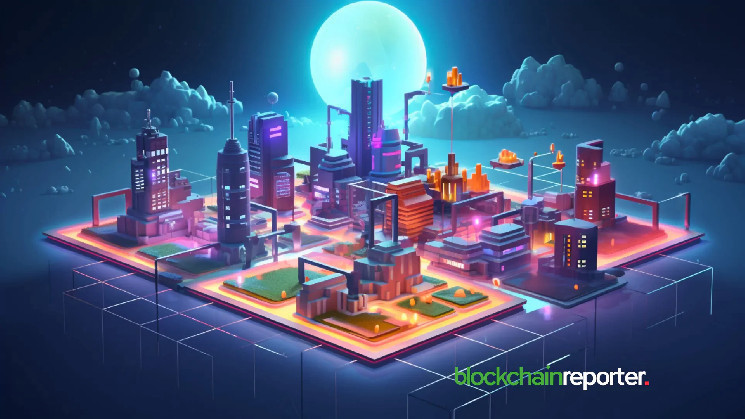The world of Decentralized Physical Infrastructure Network (DePIN) has experienced significant growth over the past year, with a focus on redefining growth through incentives and structures. According to a report on DePIN Token Economics by Tom Trowbridge, co-founder of Fluence, these projects aim to create decentralized alternatives for essential infrastructure sectors such as wireless communication, cloud computing, and energy distribution.
The report emphasizes the importance of sustainable tokenomics in DePIN projects, highlighting the need for well-established token models to promote scalability and adoption. Trowbridge’s DePINed podcast serves as a platform to discuss industry trends, interview key players, and provide insights into the evolving landscape. As Fluence works on advanced solutions for decentralized computing, Trowbridge’s expertise in both research and application makes him a central figure in the DePIN sector.
A key focus of the report is on incentive design, stressing the need to balance rewards for early adopters while preventing token hyperinflation. Dynamic staking and slashing rewards are highlighted as crucial mechanisms for sustaining token value. The report also emphasizes the importance of utility over speculation, citing past instances where speculative tokenomics led to project failures. Trowbridge advocates for utility-led tokens that reward meaningful contributions rather than short-term profit-seeking behavior.
Fluence’s Cloudless computing model aligns with the principles outlined in the report, focusing on economic sustainability and the implementation of efficient token models for sustainable growth. By supporting a decentralized and open infrastructure, Fluence is at the forefront of DePIN projects that prioritize utility and long-term value creation.
In conclusion, the DePIN landscape is evolving rapidly, with a strong emphasis on sustainable tokenomics, incentive design, and utility-led tokens. As projects like Fluence’s Cloudless computing model lead the way in implementing these principles, the future looks bright for decentralized physical infrastructure networks.

